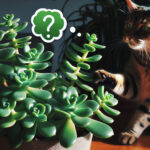Introducing Crassula: A Popular Houseplant
Have you ever found yourself admiring the sleek, structured look of a Crassula plant perched on a sunny windowsill? With an allure that can brighten any room, it’s no wonder that these succulent gems have found their way into the hearts and homes of plant lovers around the world. Let’s explore the wide world of the Crassula genus, celebrated not only for their attractive appearance but also for their reputation as low-maintenance companions.
Whether it’s the classic Jade Plant, with its rich, jade-green leaves, or the quirky Crassula Ovata ‘Gollum’, named after the infamous “Lord of the Rings” character for its tube-shaped leaves, there’s a Crassula out there for every type of indoor gardener. Imagine coming home to a living piece of art that asks so little of you, yet gives so much back – shaping your indoor landscape with minimal fuss. These are precisely the qualities that have cemented Crassulas as a staple in the world of houseplants.
Ever popular and evergreen, Crassulas are the go-to for those seeking to inject a touch of greenery into their living space without the worry of high-maintenance care. It occupies that sweet spot of horticultural appeal and practicality, making it a beloved choice for beginners and seasoned green thumbs alike. Learn more about taking care of these resilient plants, so you too can enjoy their timeless beauty.
Let’s take a moment to dive into the world of these captivating plants. Here’s a video that offers a glimpse into caring for the celebrated Crassula ovata, affectionately known as the Jade Plant:
Isn’t it fascinating how such simple plants can carry so much character? Whether they’re perched atop office desks or lined along the kitchen window, Crassula species make a statement with their sculptural beauty. They’re the living sculptures in the gallery of your home, requiring just a touch of your time to thrive. And with the proper care, you’ll find that these unassuming plants can make a strong, lasting impression. It’s truly incredible how they continue to captivate and inspire with their low-key elegance and undemanding nature.
Discover the versatility of Crassula in the realm of home decor – from the petite and picturesque to the bold and statuesque, they have an innate ability to complement a myriad of interior design styles. Their diverse forms and easygoing nature exemplify the art of living decor without the need for constant upkeep. With these evergreen beauties, simplicity is the key, and with that simplicity comes a world of vibrant life and effortless charm.
Understanding Plant Toxicity and Cats
As a responsible cat parent, it’s crucial to understand what tosses common household foliage from pretty to perilous in the eyes of your feline friend. Not all plants play nice with the delicate internal systems of our purring companions, and it’s the hidden chemistry within the leaves, stems, and flowers that can turn a cats’ innocent nibble into a hazardous snack.
Take it from Fluffy who, after a leisure jaunt around the living room, decides that the dangling leaves of that potted Crassula are too tempting to ignore. What Fluffy doesn’t know is that certain plants produce a cocktail of compounds that, while harmless to humans, spell trouble for her and her nine lives. It’s not the plant being devious, but rather an evolutionary shield against hungry herbivores—cats unfortunately not being exempt.
Compounds like saponins, glycosides, and alkaloids, which can be harmless in small doses, are often the culprits behind that plant’s toxic reputation. When these natural chemicals are ingested by cats, they can cause a range of symptoms from the mild—a bit of drooling and pawing at the mouth, to the severe—vomiting, diarrhea, and worse if not addressed promptly. The severity often depends on the quantity ingested and the plant’s particular toxic elements.
Picture Sassy the Siamese cat’s curiosity leading her to nip at the leaves of a Crassula. Her human might notice her acting out of sorts shortly after—proof that our feline companions’ instincts don’t always know best when it comes to in-house flora. Reports flood in from vets who’ve seen it all, from lethargic loungers to emergency stomach issues, all linked back to an unfortunate encounter with a seemingly innocuous green guest.
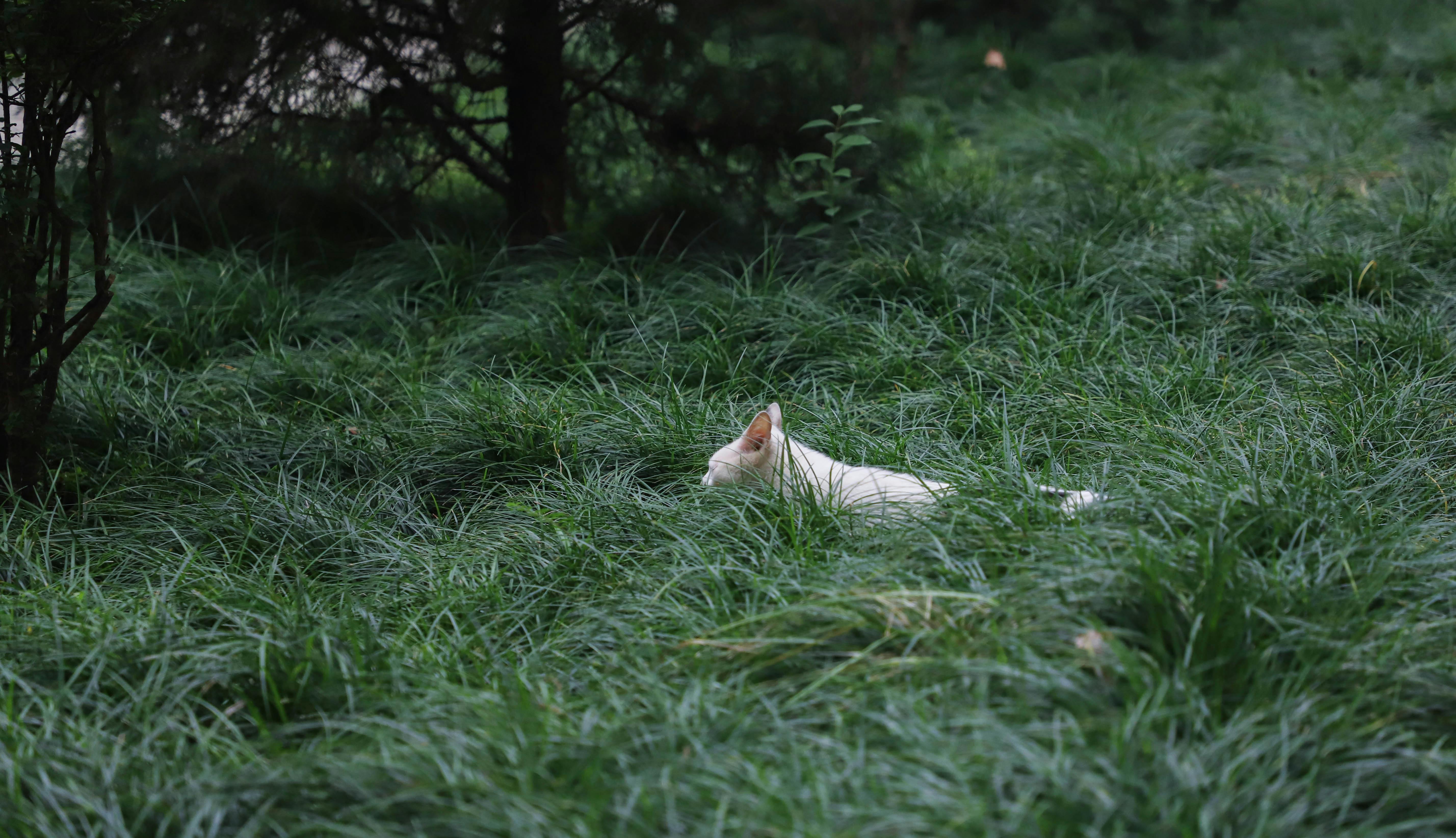
It’s a jungle out there, and even the domestic jungle can pose threats to a curious cat. Armed with knowledge about which plants have toxic tendencies—like many Crassula species—you can ensure your home remains a sanctuary, not a stealthy trap for your whiskered wanderers. Staying informed and vigilant can help keep those unexpected vet visits to a minimum and ensure your feline friend enjoys their nine lives to the fullest.
The Crassula-Cat Conundrum: Toxicity Concerns
When it comes to protecting our purring pals from potential perils, we must keep a vigilant watch on the plants we house in our homes. Crassula plants, a broad genus of succulents, are beloved for their lush foliage and ease of care, but they pose an intriguing question: are they friends or foes to our feline companions?
Succulent enthusiasts might adore the jade plant’s plump leaves, but for Fluffy, it could be an accidental snack turned sour. Although the Crassula genus includes a myriad of varieties, there’s a common thread of concern regarding their toxicity to cats. Imagine the shock of a cat owner when Whiskers, after a crafty nibble on a supposedly innocuous Crassula, ends up with a tummy ache or worse. It’s not just the occasional digestive upset; ingestion could lead to symptoms like vomiting, lethargy, and a significant lack of appetite.
Delving deeper, the effects on our feline friends are not uniform across the board. Some Crassula species are more hazardous than others, and the difference between a safe and toxic plant could be as negligible as a leaf shape. It’s a botanical minefield for the unsuspecting cat, whose natural curiosity might lead them to taste-test these green invaders. Picture the common household scenario: a sun-bathed windowsill lined with a variety of Crassula species, a perfect playground for a cat, but also a potential source of concern.
Detailed analysis of the Crassula genus reveals a spectrum of toxicity, with some species like the popular Crassula ovata, also known as the jade plant, sitting firmly on the “do not eat” list for pets. This isn’t just about the immediate effects; considerations about long-term health implications for our kitty compatriots are also at play. As responsible pet owners, we must educate ourselves on which Crassula species can cohabit safely with our cats and which ones to avoid bringing into our green space.
We must prioritize learning the specifics of each plant and share this knowledge with other pet owners. After all, an informed community is a safer one for our whiskered companions. For those who want both succulents and satisfied cats, it’s a delicate balance of horticultural flair and pet care awareness. In essence, knowing your Crassula is knowing how to keep your cat both curious and carefree.
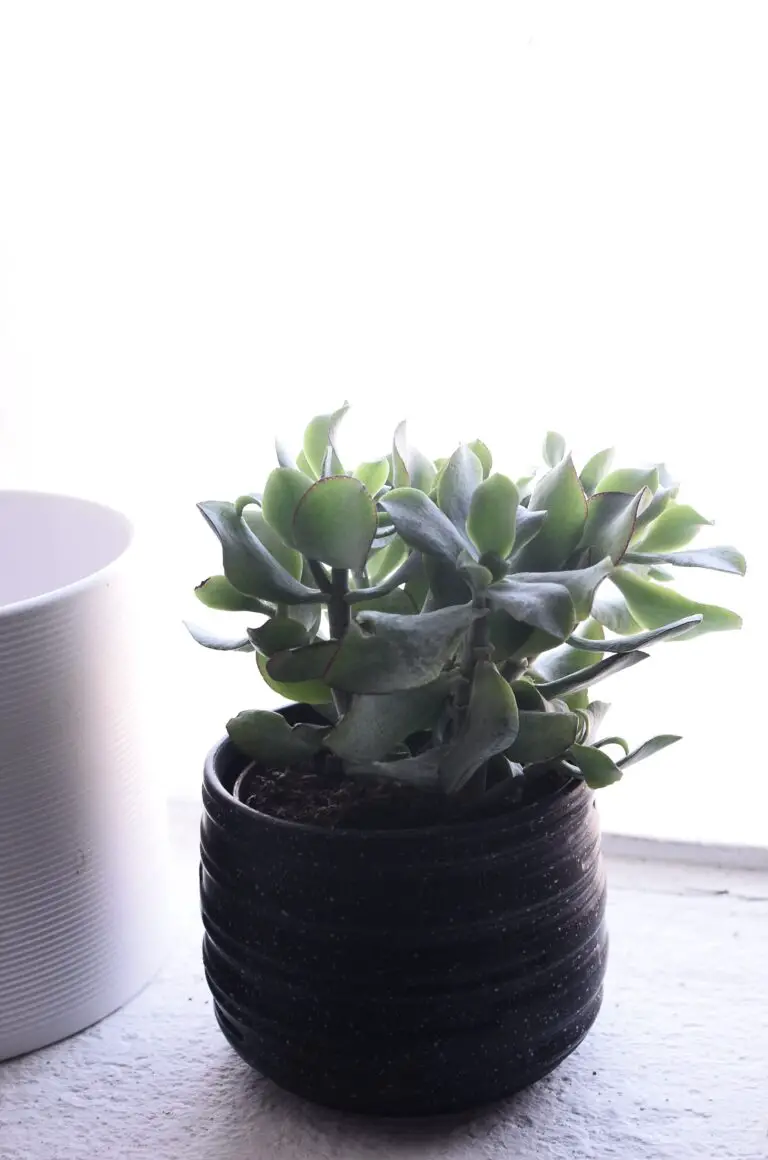
Cats and Crassula Ovata: A Detailed Analysis
Have you ever spotted your fluffy feline giving the side-eye to your beloved jade plant? If so, you’re rightfully concerned! The Crassula ovata, commonly known as the Jade Plant, is a succulent with a dark side when it comes to our purring pets. Let’s dive into what makes this green beauty a potential emerald peril for cats.
It starts with curiosity. Cats, with their insatiable need to sniff and paw at anything that piques their interest, might find themselves lured by the robust, glossy leaves of the Jade Plant. But here’s the rub: if ingested, these attractive leaves can turn into a toxic cocktail for your whiskered companion.
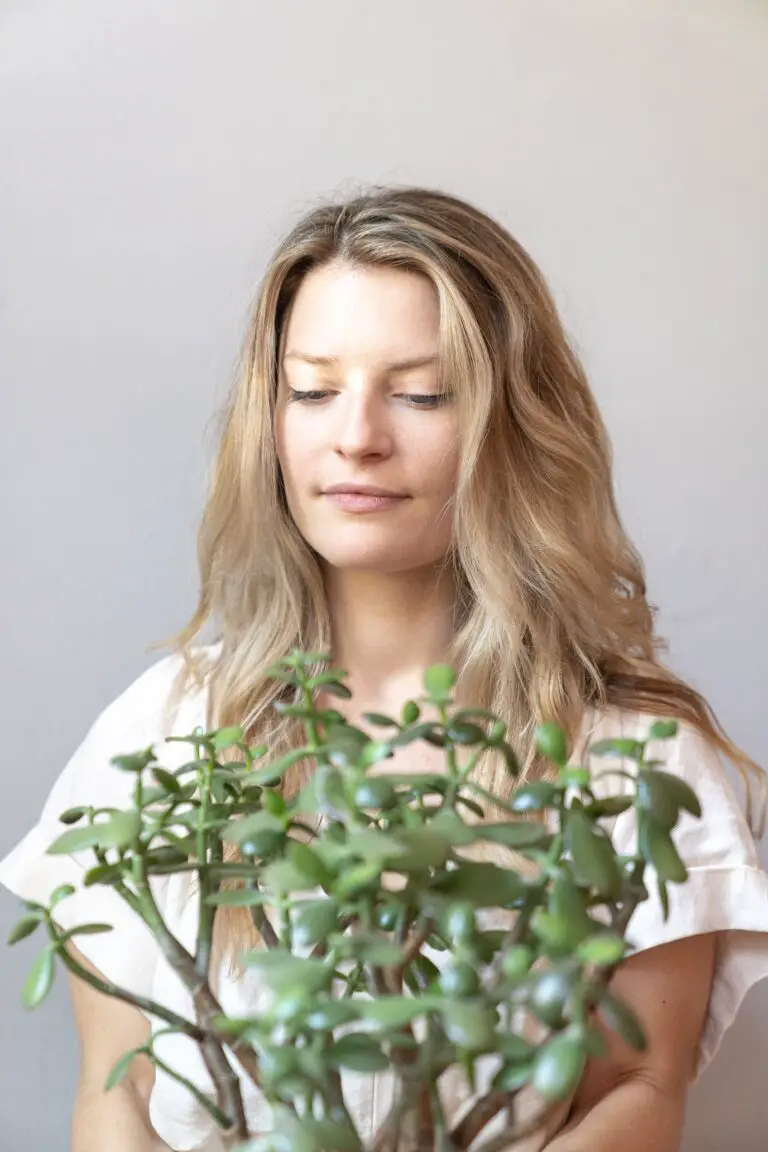
The alarm bells should ring if you notice your cat exhibiting signs such as vomiting, lethargy or a loss of coordination. These are tell-tale signs of Jade Plant poisoning. It’s a scenario no pet owner wants to envision: your treasured tabby teetering on the brink because of a simple nibble on a Jade Plant.
Real-life examples underscore the risks. Take Bubbles, for example, a feisty tabby who couldn’t resist the Jade Plant on the windowsill. After a midnight feast on the succulent, Bubbles was rushed to the vet with drooling and gastrointestinal upset—classic signs of distress due to the sap-laden leaves of the Crassula.
Should your own feline friend fall prey to the plant’s toxins, immediate veterinary attention is crucial. In most cases, with timely intervention, cats can recover and reclaim their mantle as the ruler of the roost (and the plant shelf!). To further protect your prowling pal, consider discovering more about succulent care to keep your greenery and furry friends in blissful coexistence.
Thus, it’s imperative for cat owners to clearly recognize the dangers posed by the common Jade Plant and take the necessary precautions to keep their curiosity-driven companions out of harm’s way. A little awareness goes a long way in preserving the health and happiness of your precious pets!
Identifying Non-Toxic Plants for Cat Owners
When it comes to keeping your feline friends safe and your green thumb satisfied, knowing which houseplants are cat-friendly is a must. Picture this: a home where your kitties can prance and your plants can thrive, free of worries about potential toxins. Ready to turn this image into reality?
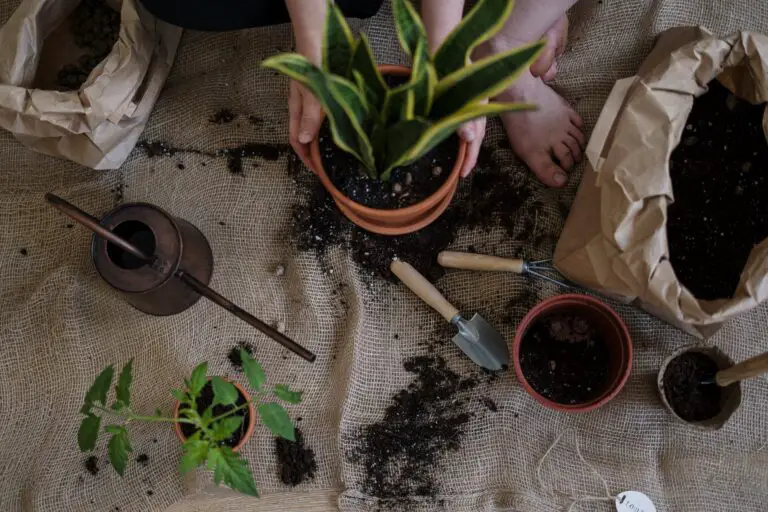
With a plethora of plants to choose from, selecting non-toxic options can seem daunting. But fear not! There are gems in the flora world that are both aesthetically pleasing and non-threatening to your precious pets. For instance, the charm of the ubiquitous Boston Fern adds a lush green touch without any hidden dangers.
Let’s talk tips. Achieving a harmony between your houseplants and your cat’s exploratory instincts is key. Consider the elevation solution; placing plants on high shelves or in secure hanging baskets can be your first line of defense. Need more guidance? Explore our article on growing a thriving string of pearls, a cat-safe succulent that adds both texture and character to your space.
What about those kitties with a penchant for nibbling greenery? Enter the Spider Plant, a resilient choice that’s known for its air-purifying qualities and, most importantly, its non-toxicity. You can breathe easy knowing your feline friend might chew on it out of curiosity, yet remain totally unharmed.
Creating a safe indoor garden for both you and your pets is achievable with a little research and cautious planning. By choosing the right plants and employing strategic placement, your home can become a verdant sanctuary that respects and protects the curious nature of cats.
First-Aid and Treatment for Cats Exposed to Crassula Plants
If your purring pal has taken a nibble of a plant that’s caught their fancy, and it happens to be a Crassula, stay calm. While not all Crassula plants are harmful to cats, it’s important to know the proper first-aid steps to ensure the safety of your feline friend. Let’s take a catwalk through the essential actions you need to take.
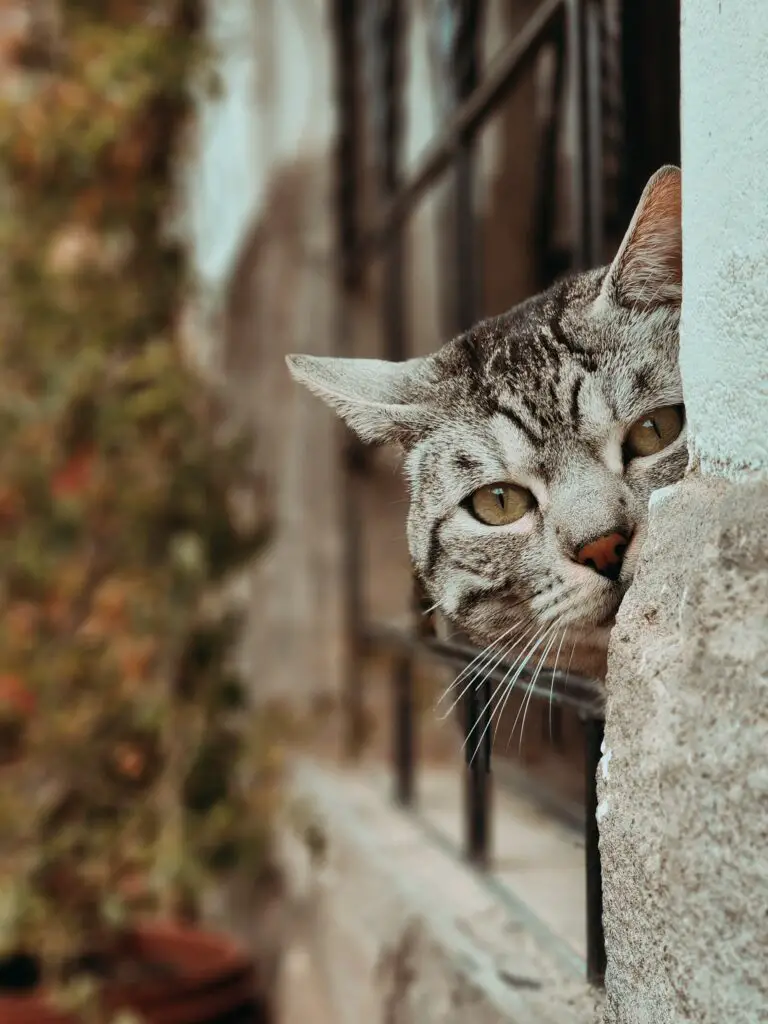
First things first, identify the plant. If it’s indeed a Crassula, keep a sample of the plant for the vet. Even though your cat’s nine lives may make them seem invincible, certain types of Crassula plants can be no-no’s, so quickly removing any plant remnants from your cat’s reach is the first step to preventing further ingestion. But take note, not every green leaf spells danger—some Crassula are as harmless as a ball of yarn, while others can be toxic.
Next on the list is to monitor your cat closely. If Whiskers starts showing signs of distress such as vomiting, diarrhea, or lethargy—it’s time to act like a cat on a hot tin roof and speed-dial your vet. But remember, acting fast doesn’t mean flying faster than a speeding bullet; avoid inducing vomiting or giving any home remedies unless specifically instructed by a professional.
Veterinary Care and Possible Treatments
When it’s serious, and Fluffy needs medical attention, keep your cool like a cat in the sun. Your vet might need to perform decontamination procedures, such as activated charcoal administration, which helps in preventing the toxin from getting absorbed into the bloodstream—think of it as a detox spa treatment for your cat.
In more severe cases, your furry friend may require supportive treatments, such as IV fluids to keep them well-hydrated and help flush out the toxins. Imagine it as a high-end cat cocktail, minus the umbrella and with a health boost. Your vet might also prescribe medication to alleviate any symptoms and provide comfort during recovery.
Always keep the emergency number for your local vet and an animal poison control center handy—it’s the feline version of 911, and having that in your pocket can be as lifesaving as landing on all four paws. Secure your home by being plant-wise, and keep those potentially perilous plants out of paw’s reach. By doing so, you’ll be the hero in your cat’s story—no cape needed.
Creating a Cat-Friendly Indoor Garden
When it comes to our furry companions, safety is always a top priority. But for those with a green thumb, cultivating a lush indoor space that’s both stimulating for cats and safe can be a challenge. Let’s dig into creating a thriving indoor garden that enchants your feline friends without compromising their well-being.
Plant Arrangement and Cat Safety
First things first: Not all houseplants are kitty-safe. It’s paramount to ensure your verdant paradise doesn’t include greenery like Crassula, which could be harmful to your cat. Imagine stepping into a realm where every leaf and vine is a joy not just for you, but also for your whiskered explorer — that’s the goal.
To achieve this, form a foliage fortress with non-toxic plants like spider plants, Boston ferns, and bamboo palms. These not only add texture and fresh air to your home but also let Mittens engage in her natural instinct to sniff and paw at intriguing objects. Have you ever seen a cat’s delight at discovering a new plant? They’re practically little botanists!
Stimulating Your Cat with the Right Greens
Moving beyond safety, engaging your cat’s senses is equally vital. A potted patch of cat grass provides a suitable and attractive snack, while strategically placed catnip can turn an ordinary afternoon into an animated adventure for your furry friend. It’s the feline equivalent of a theme park — without the long lines!
Visual appeal matters, too. Cats love to perch and gaze at their domain, so consider tall, sturdy plants that can withstand a curious climber. A well-positioned shelf of African violets might just become your cat’s new favorite lookout spot.
Remember that indoor gardens can be both beautiful and functional. Think of each plant as part of a landscape designed to cater to the whims of your cat. Whether it’s a leafy branch to bat at or a soft, cascading creeper to cuddle under, these small choices make a world of difference to your pet’s indoor experience.
Finally, embracing a visual demonstration can be enlightening. Feast your eyes on this video that showcases some of the best pet-friendly houseplants for indoor environments. Get inspired and start transforming your space into a feline-friendly green oasis!
Frequently Asked Questions
It’s a common scene: your cat, ever the curious explorer, sniffing around a new green addition to your home. But as the leaves of that Crassula plant glimmer under the sunlight, a question pops into your mind—is this plant safe for my whiskered friend? Worry not, dear reader, as we delve into the heart of the matter and uncover the truth about these succulent beauties.

What Makes Crassula Plants a Cause for Concern?
Picture this: your feline, in a particularly adventurous mood, decides to nibble on the alluring jade-colored leaves of your Crassula. While these instances are rare, the sap inside these plants can be harmful to cats if ingested in significant amounts. Symptoms might include vomiting, lethargy, or a loss of coordination—certainly not what we want for our purring pals!
Are All Varieties of Crassula Equally Toxic?
Here’s the scoop: not all Crassula species pack the same punch. Much like different varieties of apples range from sweet to tart, different Crassulas have varying levels of toxicity. It’s vital to identify the particular type you own. Jade plants (Crassula ovata), for example, are more widely recognized as a potential danger for your domestic hunter, prompting closer supervision.
Preventative Measures to Protect Your Feline
Prevention is better than cure, they say, and it holds true here. Simple steps like placing your Crassula on unreachable shelves or in cat-free rooms can save you a world of worry. And let’s not forget the power of distraction: a new scratching post or a ball of yarn works wonders to keep those pesky paws away from your potted plants. Always remember, staying informed and vigilant is the key to cohabitation harmony between your green thumbed passions and your kitty’s curiosity.
